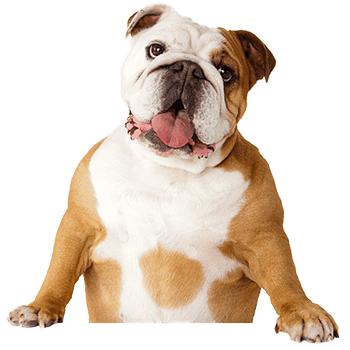If you suffer from pet-related allergies, you’re not alone. Millions of Americans report that they get the sniffles the minute a dog is around. But though it’s widely believed that your dog’s fur is to blame, this is actually false.
In reality, allergies are caused by proteins produced in animal skin. These proteins are microscopic (far smaller than dust particles) and they can live in the atmosphere of your house for months at a time.
Think of it as a kind of dandruff with a sticky surface that finds a way to endure.
All dogs produce the protein that causes the problem in the first place, and so while there’s a myth that certain breeds are less aggravating than others, it’s never been conclusively proven to be the case.
Ergo, if you’re susceptible, any and every breed will be probable cause for concern.
Fortunately, we’ve got six tips that can help alleviate – and hopefully remove – your symptoms.
Make bath time and brush time a priority
Nothing gets rid of dead skin quite like a good, long bath. Most veterinarians will suggest you bathe your dog once a week. Any less than this and you’ll be asking for trouble. Overdo it, however, and you could dry out your dog’s skin. Though there are plenty of products on the market that claim to beat the traditional wash, take this with a pinch of salt. Lukewarm water and dog shampoo will do the trick. Before you get them in the tub, brush their hair to start with.
Get rid of carpets
Provided you can part with them, it’s a good idea to get rid of carpets in your house, or keep them confined to the bedrooms (and the dog out of the bedroom). Carpets are annoyingly good at retaining allergens.
Dog-free areas are a must
Following on the heels of our last point, it’s absolutely vital you section off areas of your house where your dog can’t go. As heartbreaking as it might be to hear them scrabbling at the door to be let in, this is the easiest way to keep your symptoms in check (short of moving house or letting the dog go).
Put pet beds in the washing machine regularly
The place your dog sleeps is going to be the source of a lot of your irritation. Whether it’s a proper dog bed or a rug it curls up on, make sure you wash this item regularly, or replace it every few months in its entirety.
Invest in a vacuum with a HEPA filter
High efficiency particle absorbers are a proven method of reducing allergens. Many brands sell special pet vacuum cleaners designed with this very issue in mind.
Keep the windows open
Next, provided you’re not allergic to pollen, flush out the airborne pollutants by keeping windows open to keep a draft going throughout the day. This, combined with the vacuum cleaner and the eradication of the carpets, will go a long way to keeping your symptoms in check.
In the end, sticking to the precautions above should go a long way to relieving the problem. If the symptoms persist? You’ve always got decongestants and other over-the-counter medications designed to remedy your woes; failing that, increase the number of baths you give your dog to two a week and visit your vet if the problem persists. Allergies are extremely common, and several savvy marketing companies have produced products touting miracle cures. If it sounds too good to be true, it probably is, so don’t fall victim to a catchy headline, or a slogan that’s promising the world.




